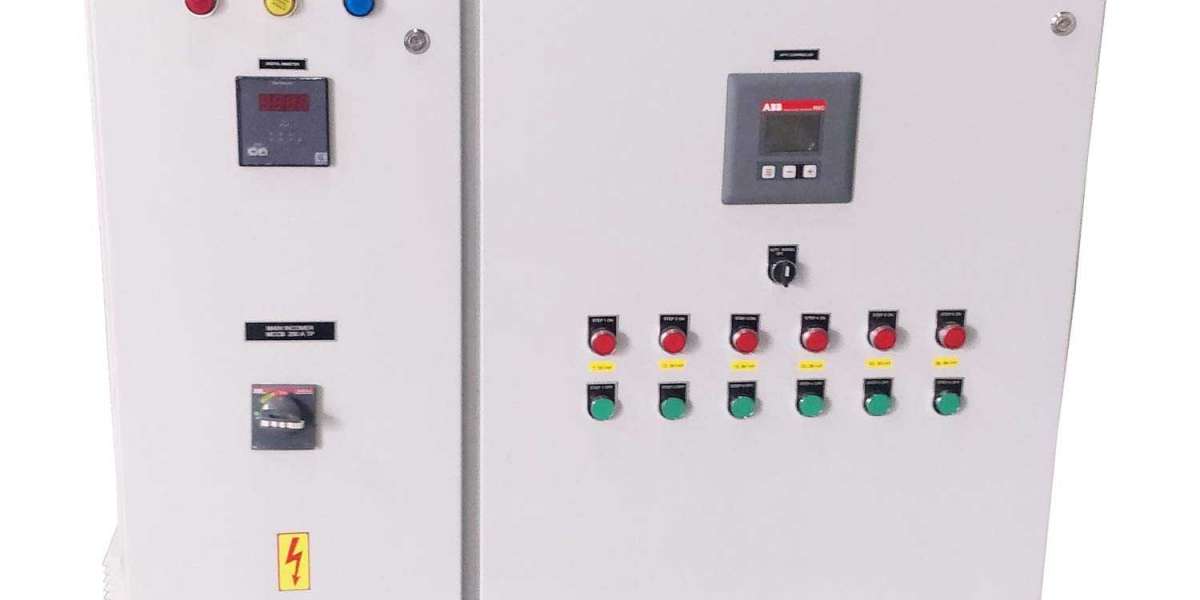Introduction
Parenthèse Massage, votre spécialiste du bien-être, vous invite à découvrir une expérience unique de relaxation et de soins adaptés à vos besoins à Nancy et Villers-lès-Nancy. Que vous recherchiez un massage à domicile pour un moment de détente absolue, ou un drainage lymphatique pour améliorer votre santé et votre vitalité, Parenthèse Massage est là pour vous offrir des services de qualité professionnelle dans le confort de votre domicile.
Nous savons que la vie moderne est souvent stressante et exigeante, et c'est pourquoi nous avons conçu nos services pour répondre à des besoins de relaxation, de soulagement du stress et de revitalisation. Parenthèse Massage propose des techniques de massage adaptées à tous les besoins, avec un focus particulier sur le drainage lymphatique, idéal pour la santé du système immunitaire et la réduction de la rétention d’eau. Découvrez comment nos massages peuvent transformer votre quotidien en un instant de bien-être durable.
Le Massage à Domicile à Nancy : Une Expérience de Bien-être Adaptée à Vos Besoins
Faire appel à un massage à domicile à Nancy avec Parenthèse Massage, c'est opter pour une tranquillité et un confort que seul un soin personnalisé peut offrir. Nos masseurs qualifiés se déplacent chez vous avec tout le matériel nécessaire pour recréer une ambiance apaisante et propice à la détente. Que vous soyez à Nancy ou à Villers-lès-Nancy, Parenthèse Massage vous permet de profiter d’un massage relaxant sans quitter votre domicile.
Les avantages du massage à domicile sont nombreux. Vous bénéficiez d'un moment de repos et de relaxation intense sans le stress du déplacement. Vous pouvez aussi personnaliser votre ambiance, en adaptant la musique, l’éclairage, et même les huiles essentielles utilisées, pour créer l'environnement qui vous convient le mieux.
Les Bienfaits du Drainage Lymphatique à Nancy
Le drainage lymphatique est une technique de massage douce et ciblée, parfaite pour ceux qui souhaitent stimuler leur système immunitaire, améliorer leur circulation et favoriser l'élimination des toxines. Parenthèse Massage est spécialiste du drainage lymphatique à Nancy, en offrant un soin personnalisé qui respecte le rythme de votre corps.
Le drainage lymphatique présente de nombreux bienfaits. Il aide à réduire les œdèmes, diminue la rétention d’eau, et améliore la texture de la peau. Ce massage est également conseillé pour ceux qui se remettent d'une intervention chirurgicale ou pour les personnes ayant des jambes lourdes. En favorisant la circulation lymphatique, ce massage permet aussi de renforcer les défenses naturelles du corps, vous aidant à vous sentir plus énergique et moins vulnérable aux maladies.
Pourquoi Choisir Parenthèse Massage pour votre Drainage Lymphatique à Nancy ?
Chez Parenthèse Massage, nous comprenons que chaque personne est unique et mérite une attention personnalisée. Nos thérapeutes sont formés aux techniques de drainage lymphatique les plus avancées, afin de vous garantir un soin sûr, efficace et adapté à votre état de santé. En choisissant Parenthèse Massage pour votre drainage lymphatique à Nancy, vous optez pour une qualité de service irréprochable et un suivi de vos besoins de santé et bien-être.
De plus, notre service de drainage lymphatique à domicile vous permet de bénéficier de cette expérience dans un cadre qui vous est familier et rassurant. Nous apportons tout le matériel nécessaire et nous nous assurons que chaque session est réalisée dans les meilleures conditions de confort.
Massage à Villers-lès-Nancy : Une Expérience Unique de Détente
Parenthèse Massage propose également ses services de massage à Villers-lès-Nancy, afin d'offrir à nos clients une solution de bien-être sans contrainte géographique. Que vous soyez résident de Villers-lès-Nancy ou des environs, nous nous déplaçons pour vous offrir un moment de relaxation et de revitalisation. Chaque séance de massage à Villers-lès-Nancy est conçue pour vous aider à retrouver un équilibre entre le corps et l'esprit, en allégeant les tensions accumulées au fil du temps.
Nos thérapeutes adaptent chaque massage aux besoins spécifiques de chaque client, que vous ayez besoin de soulager des tensions musculaires, de réduire le stress ou simplement de prendre un moment pour vous reconnecter avec vous-même. Profitez d’un massage en profondeur, d’une détente musculaire et d’un apaisement total, à quelques pas de chez vous, avec Parenthèse Massage à Villers-lès-Nancy.
Les Différents Types de Massage Proposés par Parenthèse Massage
Chez Parenthèse Massage, nous proposons une large gamme de massages pour répondre aux attentes et besoins de chaque client :
- Massage Relaxant : Un massage doux et apaisant, parfait pour réduire le stress et favoriser une détente profonde.
- Massage Suédois : Ce massage classique combine pétrissage, effleurage et frictions pour soulager les tensions et améliorer la circulation sanguine.
- Massage Sportif : Idéal pour les sportifs, ce massage vise à préparer les muscles avant un effort ou à accélérer la récupération après une séance intensive.
- Massage aux Pierres Chaudes : Cette technique utilise des pierres volcaniques chauffées pour détendre les muscles en profondeur et favoriser une sensation de bien-être intense.
- Massage Drainage Lymphatique : Pour ceux qui recherchent un massage thérapeutique, le drainage lymphatique est un excellent choix pour stimuler le système lymphatique et améliorer la circulation des fluides corporels.
Chaque type de massage est conçu pour répondre aux besoins particuliers de chaque individu. Nos thérapeutes sont attentifs à vos préférences et à vos attentes afin de créer une expérience unique et enrichissante.












